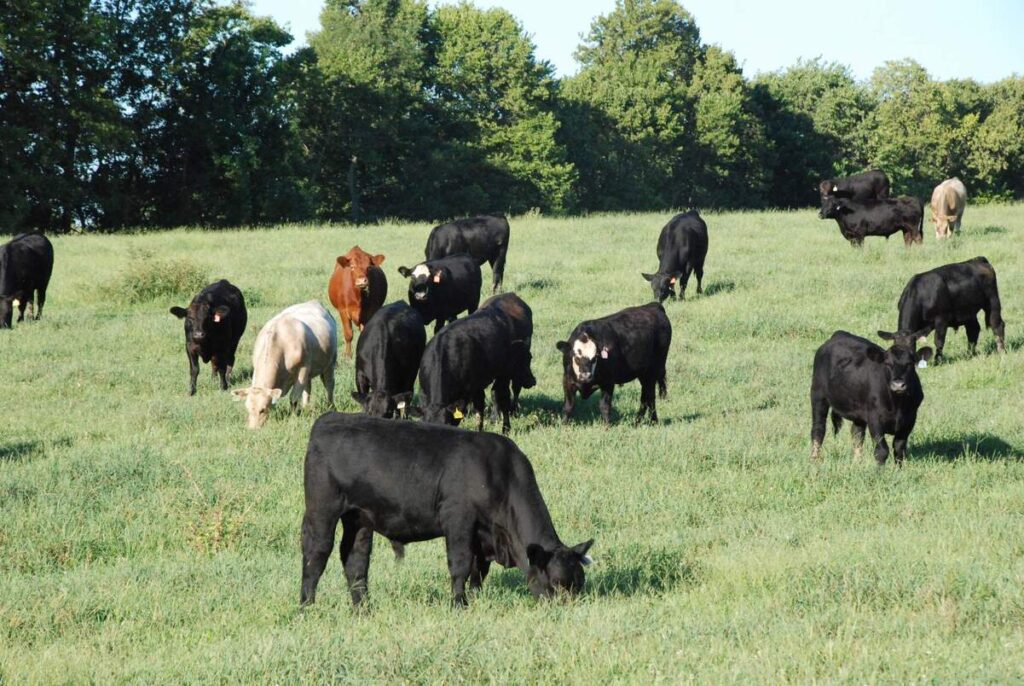Ireland may need to re-evaluate how persistent, soil-based insect pests such as leatherjackets are managed according to the first survey of Ireland’s leatherjacket populations in both grassland and tillage soils.
The survey byTeagasc Walsh Scholar and PhD graduate Aisling Moffat suggests that Ireland may have to focus more heavily on continuous active management and population suppression through rotation and soil cultivation.
Moffat’s research has helped to quantify the scale of the problems caused by insect larva within Irish agriculture. In addition it also examined the current integrated pest management (IPM) options that are available from a leatherjacket control perspective.
The survey details and accompanying conclusions contained within her PhD thesis have been fully referenced in a recent issue of the Irish Journal of Agricultural and Food Research.
Damage and yield loss
Leatherjackets are the larvae of crane flies.
They cause significant damage and yield loss in many cropping systems through their feeding on plant roots and stems at ground level.
The effective chemical control for these pests, chlorpyrifos (available since 1965), was prohibited across Europe in 2019. This has left severely restricted control options for growers.
Over the two years of Moffat’s work, the mean leatherjacket population was 467,658/ha in grassland: the equivalent figure for tillage soils was and 47,497.
Populations ranged from 0 to 3,408,750/ha in grasslands and 0 to 807,660/ha in cereal locations. Evidence therefore suggests that leatherjacket populations in cereal fields tend to be considerably lower.
The highest population recorded from a cereal site was noted in April 2019, where winter wheat had followed oilseed rape, a crop notorious for trapping crane fly adults in its canopy.
In 2019, 3.3% of cereal fields were above the given economic threshold of 600,000 leatherjackets/ha.
However, in 2021 the number of arable locations registering above the economic threshold was zero and approximately 90% of all cereal fields were under some method of cultivation.
In 2019, 40% of grassland fields assessed had leatherjacket populations above the 1 million larvae/ha economic threshold level.
The survey results indicate that the higher population average in grassland (467,658/ha) compared with tillage (47,497/ha) suggests that Irish swards are much more vulnerable to leatherjacket infestations than cereal fields.
This could be due to the advantageous use of cultivation techniques such as ploughing.
One of the key findings from Aisling Moffat’s research is that the most predominant Tipula (crane fly) species feeding on Irish arable and pasture crops has been identified as T. Paludosa.
Leatherjacket management strategy
This means a roadmap can be established to develop an effective IPM strategy against leatherjackets in Ireland.
According to Moffat an evaluation of current management techniques for soil based insect pests may be needed particularly in relation to a new focus on population suppression through rotation and soil cultivation.
Her research specifically highlights the lack of management options for grasslands. It also emphasises the need for further research into viable and effective pest management techniques.
This is of particular importance in relation to those which complement current European policy such as sward cultivars and mixes, soil microbial community analysis and potential bio-control options.



